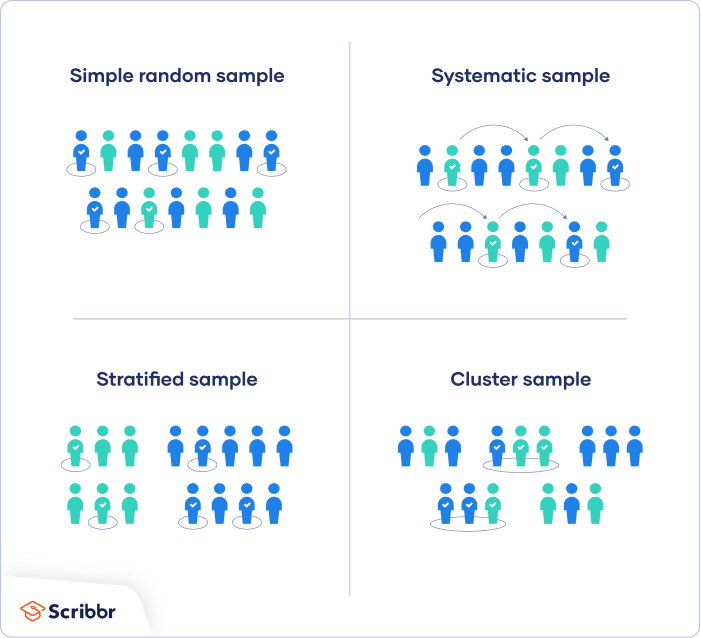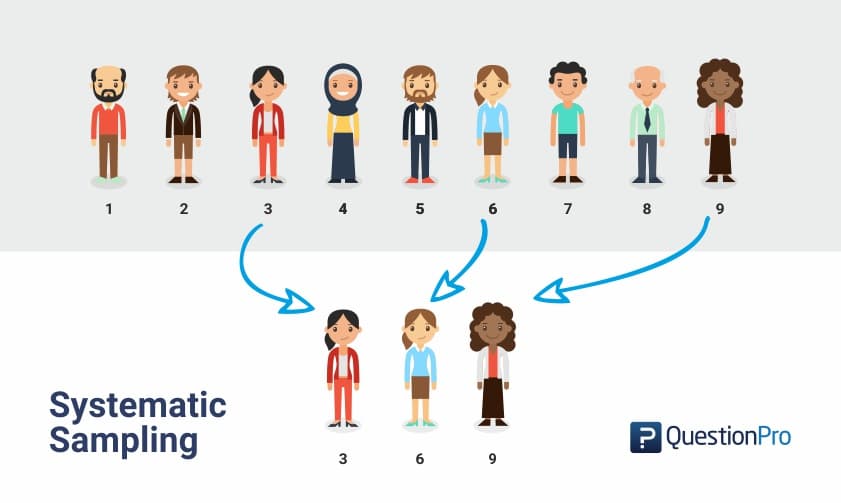

A part two post on random assignment, which helps accomplish the second goal, will come soon after. In this part one post, we will focus on random sampling, which helps accomplish the first goal. Two essential principles related to the study’s design that help toward reaching those goals are random sampling and random assignment. Establish a causal relationship between the reading intervention and changes observed in student reading.Be able to generalize results to a wider student population.When conducting a study that attempts to measure the effectiveness of a reading intervention on student outcomes, there are two important goals of the researcher and the education stakeholders: We want to improve busy practitioners’ and family members’ abilities to be good consumers of reading research and to deepen their understanding of how our research operates to provide the best information. Web Resources for Families and EducatorsĮditor’s note: This blog post is the first in an ongoing series entitled “Technically Speaking.” In these posts, we write in a way that is understandable about very technical principles that we use in reading research.
Simple random sampling in research professional#
Professional Learning and Technical Assistance Services.




 0 kommentar(er)
0 kommentar(er)
